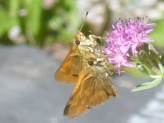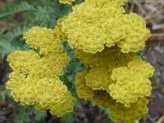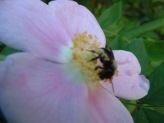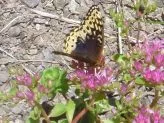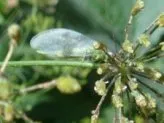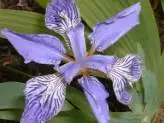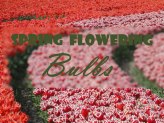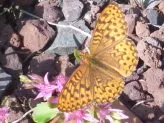Bees, Butterflies and many other Beneficial Insects
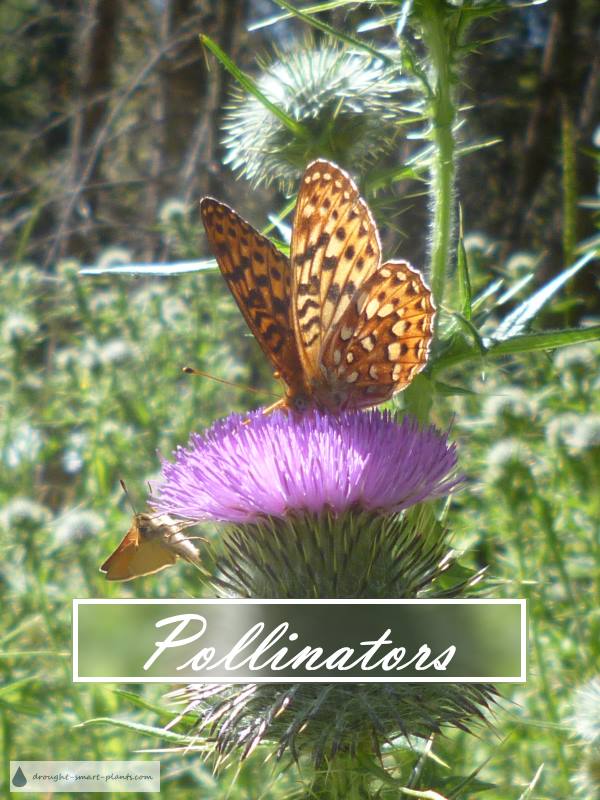
Among the many different beneficial insects you’ll see in your xeric garden, none are more crucial to the survival of the human race than pollinators.
The domestic honeybee and the many species of wild bumblebees are just some of the pollinators going about their business every day throughout the summer.
Not all of these insects collect nectar to make honey for a food source for the winter; some of them live solely on pollen; others simply provide their offspring with a survival mechanism while the adults die when cold weather arrives.
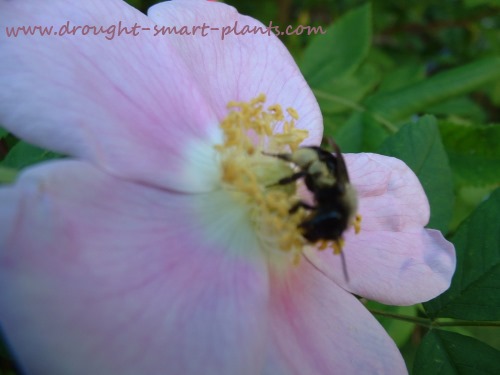
Many small bees provide a valuable service in our gardens and orchards. Notable among them are solitary bees, Mason bees and bluefaced bees.
Small and insignificant at first glance, the sheer numbers of plants that rely solely on these tiny pollinators to help them produce their fruit is astounding.
Wild bees can pollinate many times the number of blooming plants than honey bees, so enticing these skilled workers to your garden by providing for their needs can be a huge benefit.
How can I attract pollinators to my garden?
These tiny bees don’t live in a hive with a tight social structure like their larger cousins, the bumblebees and honeybees. They sometimes live communally, building their nests and occupying the same area in search of food, but they don’t have a hierarchy.
Each female bee provides for her offspring by laying a single egg in a chamber dug out of a clay bank or in the pith of a twig, then seals up the egg along with a ball of pollen and nectar to sustain the larvae until it undergoes metamorphosis and pupates, hatching out as an adult the following spring.
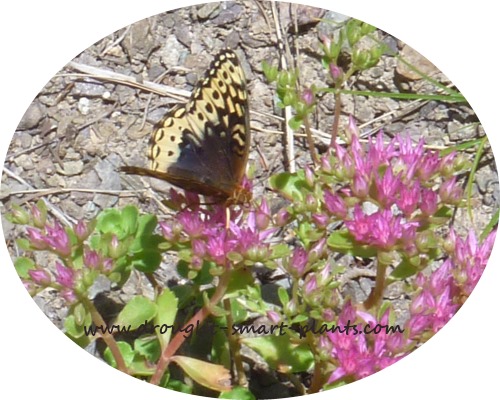
- Pollinators require a nectar source, which luckily can be provided by many of the same plants for bees that we already like to grow in our gardens.
- A clay soil which they can mix into the right consistency with their saliva for sealing up the egg chambers can be provided by keeping a small area of your garden bare of mulch.
- Don’t be too quick to pull all your weeds, or you’ll miss seeing the beautiful butterflies that feast on their nectar.
- Judicious neglect in the form of leaving twigs and small branches in an out of the way corner for them to use as a brooding area will help, and in some cases, a custom made brooding chamber made from a block of wood with small holes drilled to a depth of about 5cm. A critical factor is a roof or overhang to keep the clay plugs dry.
Mason Bee House to Attract Pollinators
Here’s a craft that I made to help the Mason bees feel right at home in my garden.
A friend gave me two boxes of turned wooden spindles to use in my salvaged garden art, and on closer inspection, I realized that they were plugged with a clay like substance.
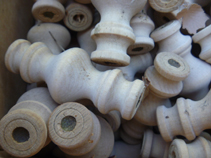
Wooden spools salvaged from a friend
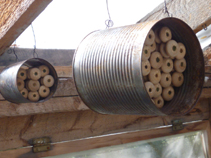
Finished Mason Bee houses
It was exciting to realize that they were Mason bees.
After unplugging one of them to be sure, and not one to look a gift horse (er, bee) in the mouth I made several mason bee brooding houses.
Hanging these in areas around the garden where the newly hatched bees will find some nectar rich plants will ensure that they hang around and pollinate all my plants, and in turn use them to hatch out future generations of this precious resource.
Trying to identify a strange bug in your garden? See the Insect Encyclopedia.


